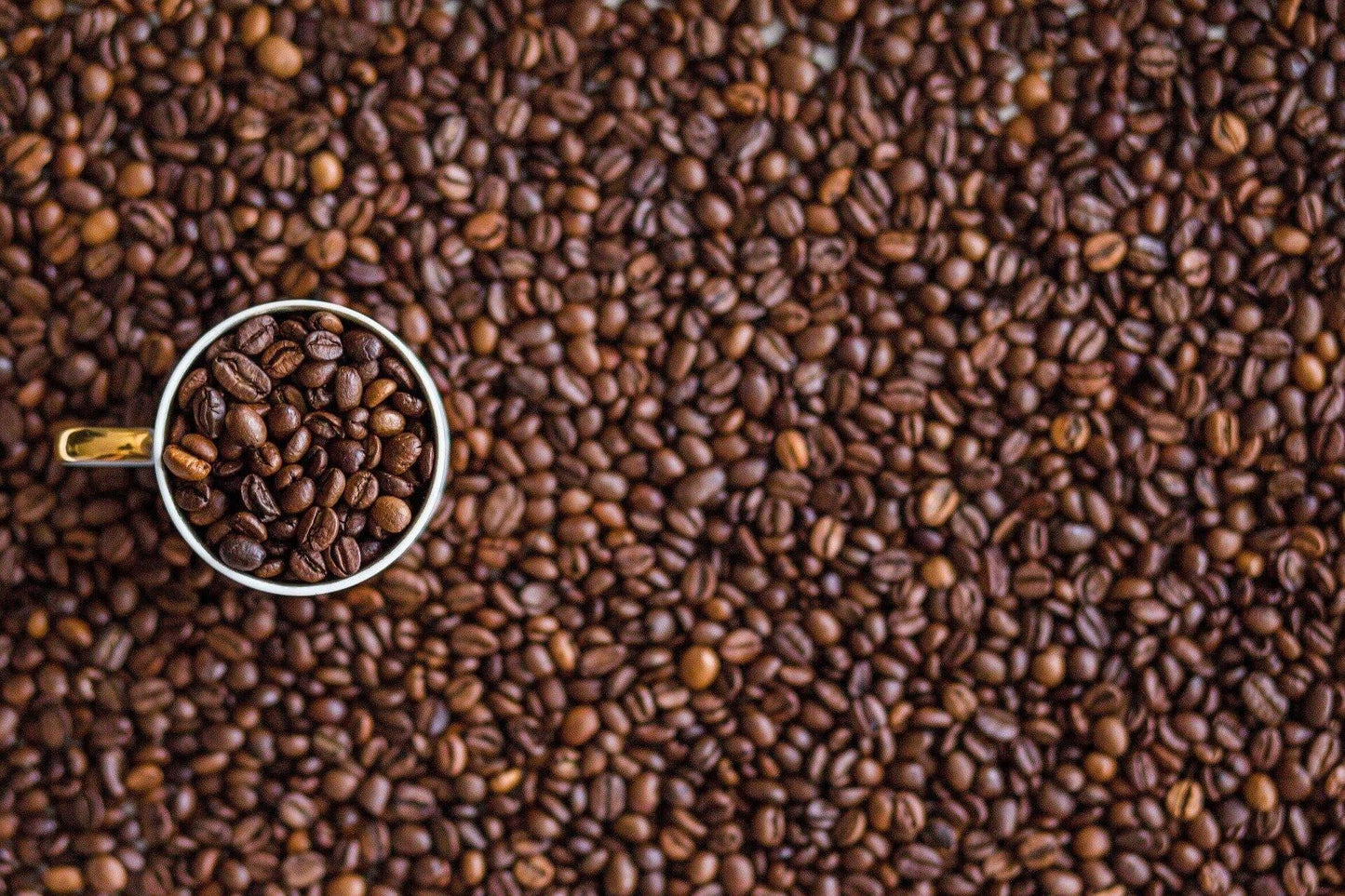
WOOD ROASTED SPECIALITY COFFEE
As someone who has gotten deeper into the world of coffee drinking, you might have also grown accustomed to the idea of taking control of your daily brew by handling the brewing process yourself. From controlling your grind size to changing up the amount of water your grounds get and the time they spend brewing, all the details are bound to pay off at some point or another.
For the most serious drinkers, however, one of the clearest indicators of a full-blown dedication to impeccable coffee drinking experiences that can’t be overlooked is roasting their own beans.
The magic of roasting your own coffee
Just like changing your own oil filter, making your own bread, or crafting your own chairs, being able to roast your own beans is the pinnacle culmination of your love for a specific interest— in this case, it’s coffee.
With amazing green bean options from all over the world available for shipping right to your doorstep, being able to take on the roasting process by yourself is indeed exhilarating. From the level of heat to the time spent roasting, taking on the task of browning these green pods of flavour will allow you to determine just how much flavour you get out of every gram.
For most serial coffee drinkers who create their own flavour, however, a problem that can lie ahead is in terms of consistency for the finish of every batch after a successful one.
What you need to know about making consistent batches of flavourful roasts
If you’ve created the perfect roast for a batch of your favourite coffee beans, then there’s no doubt that you’ll want to replicate it for future batches of amazing brews. However, the problem is that not too many people know enough about achieving such an effect.
Thankfully, you can start achieving consistent effects for the roast quality of your beans by considering these crucial concepts:
The idea of roaster loads
One of the most crucial concepts that you’ll need to consider in roast batch consistency is that batches of beans in a roaster don’t always have the same roasting exposure time.
For instance, taking out half a batch of beans from a roaster once the temperature reaches the desired level and leaving the other half in will have different cooling times. What this alludes to is that the amount of time that a bean has had to cool down and the amount of time that one batch has to absorb heat is different. This is what causes fluctuations in thermal energy throughout the process.
If you want to study the entire aspect of consistency in achieving perfect coffee bean roast finishes, then you’ll need to learn more about roast curves and fluctuations.
The power of a plan
No matter how much you try to strive for consistency, your coffee bean roast finishes will never truly be as consistent as they can be if you don’t have a solid plan or strategy
When you take the time to put a plan together that maps out your load weights, roast times, cooldown times, and bean types, you make it far easier to start planning in advance so that your beans come out the same every time. At The Wood Roaster, we heavily rely on the use of a thorough guide and plan that map out the necessary directions and details for a duplicated roasting finish with each succeeding batch!
Conclusion
Although it’s a fairly exciting idea to roast your own beans, achieving a consistent finish for delicious brews every time can be quite a difficult effort, unless you take the necessary details into consideration. By taking the time to follow this guide, you can minimise the number of errors you’ll run into and have a greater level of control over the outcome of your roasts for every batch!
We're a coffee roaster in Marrickville that's committed to delivering the best-roasted and most flavourful specialty coffee, Nespresso-compatible pods, and home machines. Check out our online store today to browse through all our different products for your coffee-related needs!

